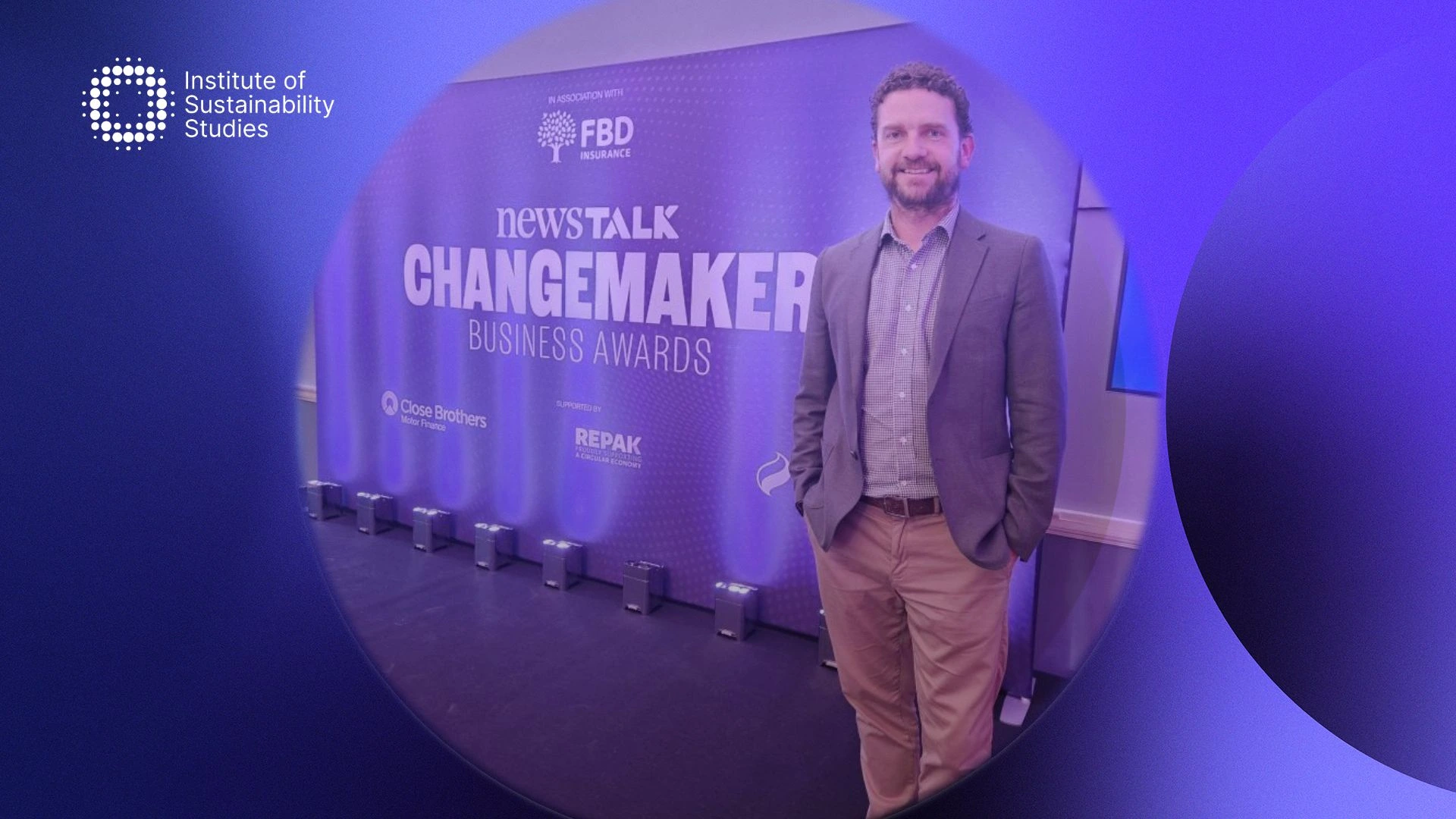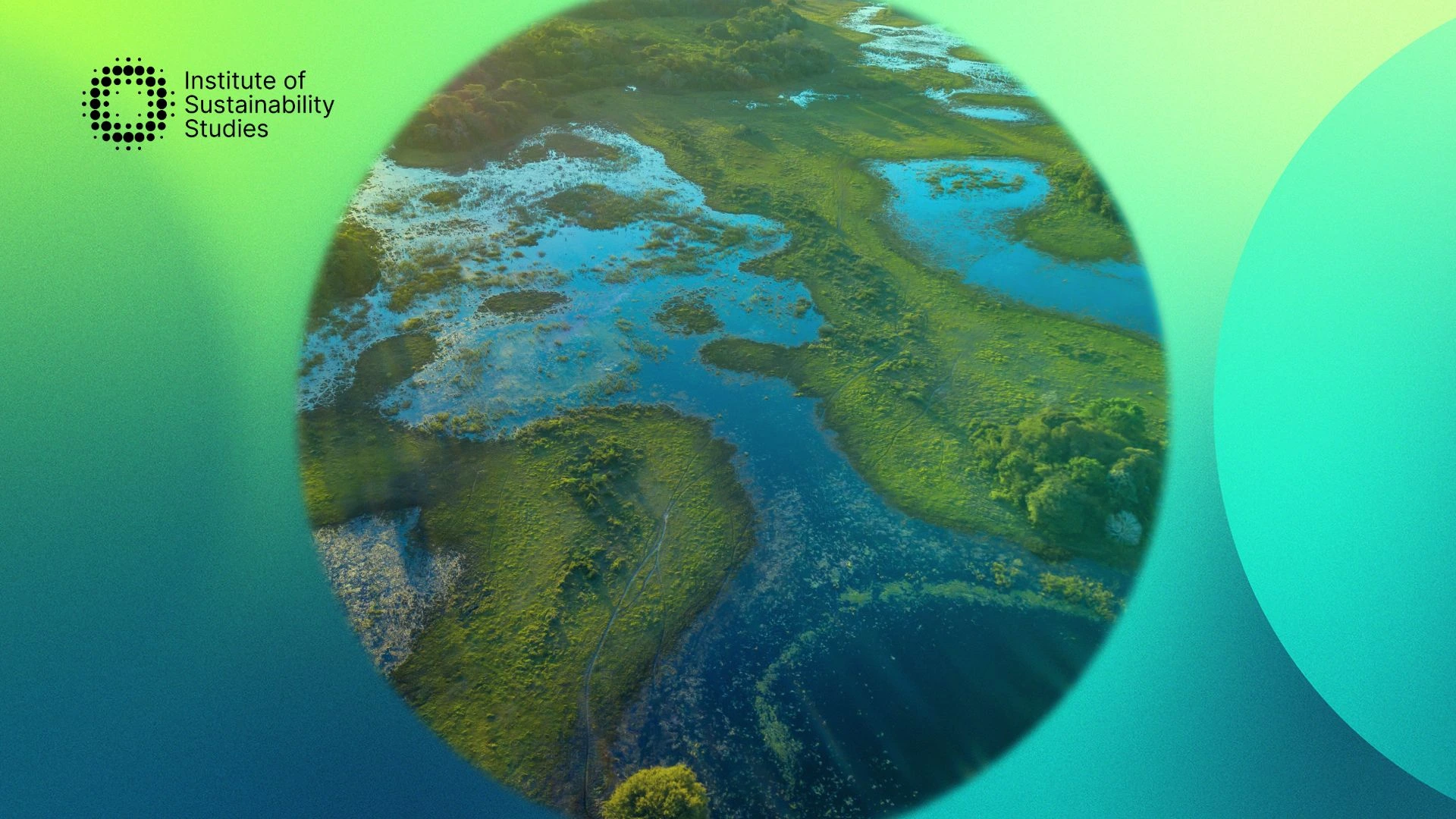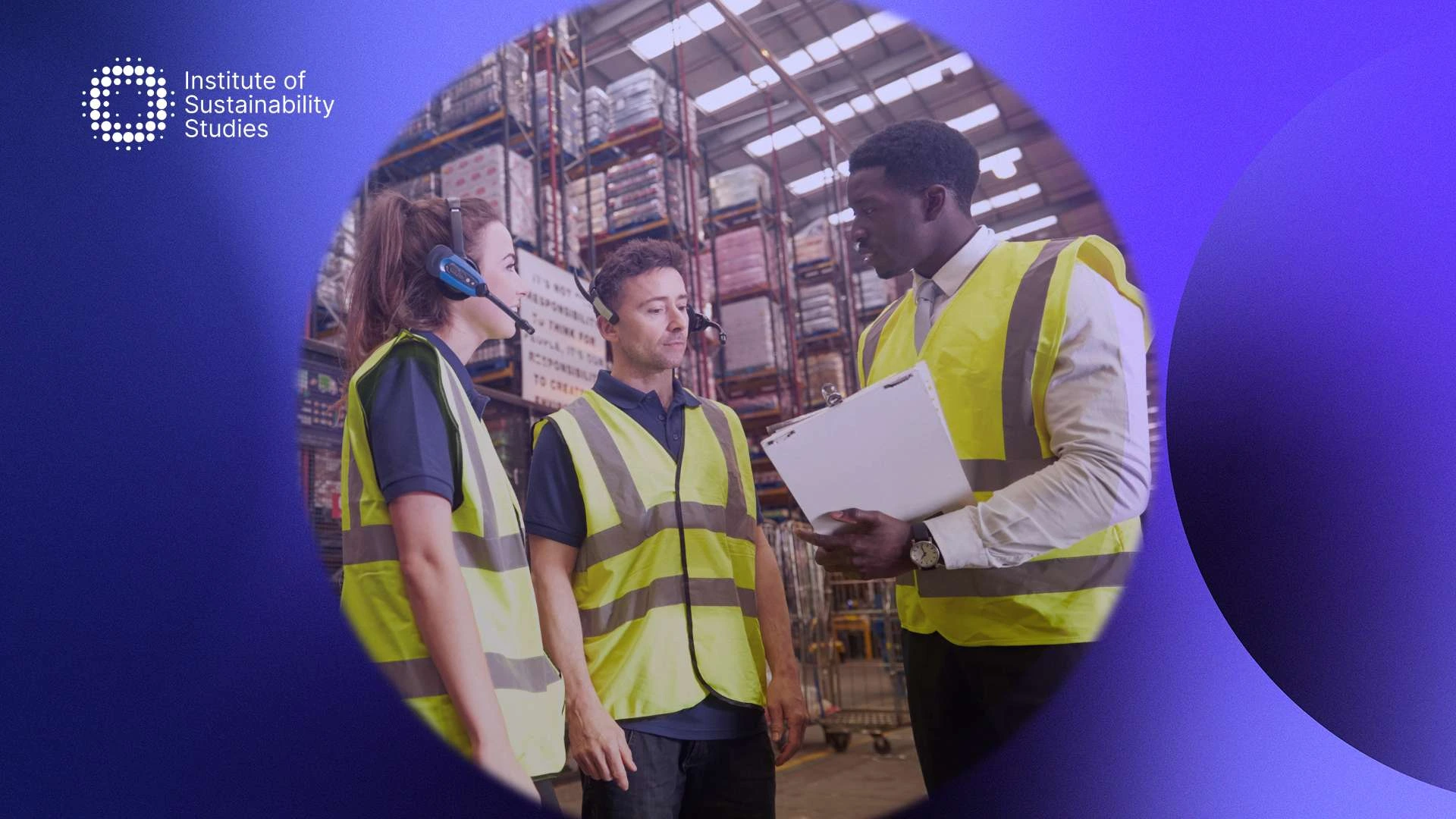Biodiversity Net Gain (BNG) is an innovative approach designed to enhance sustainability management and protect the natural environment in the face of development. BNG embeds ecological improvement into project planning, which ensures new developments contribute positively to local ecosystems.
Below, we delve into the myriad benefits of BNG for biodiversity, essential tools and frameworks that facilitate effective BNG measurement, and showcase exemplary case studies from organisations that have successfully integrated BNG into their operations.
Benefits of BNG for biodiversity
Biodiversity Net Gain (BNG) is a principle aimed at leaving the natural environment in a measurably better state than before. Under it, developers must deliver a BNG of 10 percent. This approach not only seeks to mitigate the adverse effects of development projects on biodiversity but also strives to enhance it. Below are some key benefits of Biodiversity Net Gain for biodiversity.
Enhanced habitat quality
BNG initiatives often involve improving the quality of existing habitats or creating new ones that are better managed and more suitable for wildlife. This can lead to healthier ecosystems that support a more diverse array of plant and animal species.
Increased biodiversity
By requiring that projects provide a net gain in biodiversity, developers must enhance their contribution to local ecosystems, leading to increased species richness and ecological variety. This helps to counteract the trend of biodiversity loss, contributing to the conservation of various species.
Ecological connectivity
BNG can foster greater ecological connectivity by linking isolated habitats through green corridors or stepping stones. This connectivity allows species to migrate, interbreed, and access a wider range of resources, thereby enhancing the overall resilience and functioning of ecosystems.
Sustainable land use
BNG promotes sustainable land use practices that incorporate ecological considerations into planning and development. This ensures that land is utilised in a way that supports long-term biodiversity goals, aligning development with environmental sustainability.
Restoration of degraded ecosystems
BNG often includes restoration projects that rehabilitate degraded ecosystems such as wetlands, forests, and grasslands. Restoring these areas not only benefits biodiversity but also enhances ecosystem services such as flood mitigation, water purification, and carbon sequestration.
Examples of tools and frameworks used to measure
To effectively implement and measure Biodiversity Net Gain (BNG), various tools and frameworks have been developed. These tools help quantify the impacts of development on biodiversity and ensure that any losses are offset by ecological enhancements.
NatureServe Vista
An advanced geographic information system (GIS) planning tool, NatureServe Vista helps integrate conservation into land use and resource planning. It is used to assess and manage both the direct and indirect impacts of development on biodiversity.
Integrated Biodiversity Assessment Tool (IBAT)
IBAT is a significant resource for businesses and policymakers, offering critical data for making informed decisions about biodiversity that reflect international conservation priorities, including Key Biodiversity Areas (KBAs) and globally threatened species.
BREEAM Ecological Enhancement Assessment
Part of the broader BREEAM certification system, this framework helps developers gain credits by enhancing the ecological aspects of their projects. It guides the integration of biodiversity considerations into project design and management, ensuring positive outcomes for local ecosystems.
CIRIA’s Biodiversity Guidance
The Construction Industry Research and Information Association (CIRIA) offers detailed guidance on incorporating biodiversity into construction and development projects. Their resources include tools for designing out negative impacts and enhancing biodiversity, which are critical for achieving BNG.
Natural Capital Accounting (NCA)
The Natural Capital Accounting (NCA) tool is a framework used to quantify and value the natural resources and ecosystem services that businesses and economies depend on. This tool helps organisations assess their environmental impact and make more informed decisions by integrating the value of natural capital into financial and strategic planning.
BNG Case studies
Organisations across various sectors have successfully implemented Biodiversity Net Gain (BNG) practices. This demonstrates how integrating ecological considerations into development projects can yield substantial environmental, social, and economic benefits. Below are some notable case studies.
The Berkeley Group
This British property development company has integrated BNG into its sustainability strategy, committing to delivering a net biodiversity gain across all its developments. Berkeley Group uses the Department for Environment, Food & Rural Affairs (DEFRA) Biodiversity Metric to assess and enhance the ecological value of its sites.
Through careful management and planning, the company has created richer, more diverse ecosystems in previously developed areas, enhancing local biodiversity and providing greater community access to natural spaces.
Melbourne Water
Melbourne Water’s Healthy Waterways Strategy involves working with communities to manage rivers, creeks, and wetlands. The organisation focuses on improving biodiversity through river health interventions, such as re-vegetation and habitat restoration.
The strategy has led to significant improvements in water quality and biodiversity. However, its benefits also extend to enhanced community well-being and increased resilience against climate change impacts.
Wildlife Estates Scotland (WES)
WES encourages landowners to manage their lands sustainably to support wildlife conservation. Landowners voluntarily commit to long-term management plans that enhance habitat for specific species.
Through collective effort, WES members manage over a million hectares. This contributes to the recovery of species such as the red squirrel and the black grouse, demonstrating BNG through coordinated land management.
Dow Chemical Company
In partnership with The Nature Conservancy, Dow embarked on a project to assess and enhance the value of biodiversity at its Freeport, Texas site. The project included evaluating ecosystem services provided by nearby marshes and wetlands.
Dow identified opportunities to enhance water quality and flood protection while supporting biodiversity, leading to better-informed operational and investment decisions that align with BNG principles.
Conclusion
The implementation of Biodiversity Net Gain (BNG) is proving to be a pivotal strategy in promoting ecological sustainability and resilience across a range of industries. This strategy enhances habitat quality, which increases biodiversity and drives sustainable land use.
Simultaneously, BNG practices help to counteract biodiversity loss and offer a net positive impact on the environment. More entities continue to adopt BNG practices, and with this, it seems increasingly feasible to envision a future where construction and biodiversity considerations go together.










